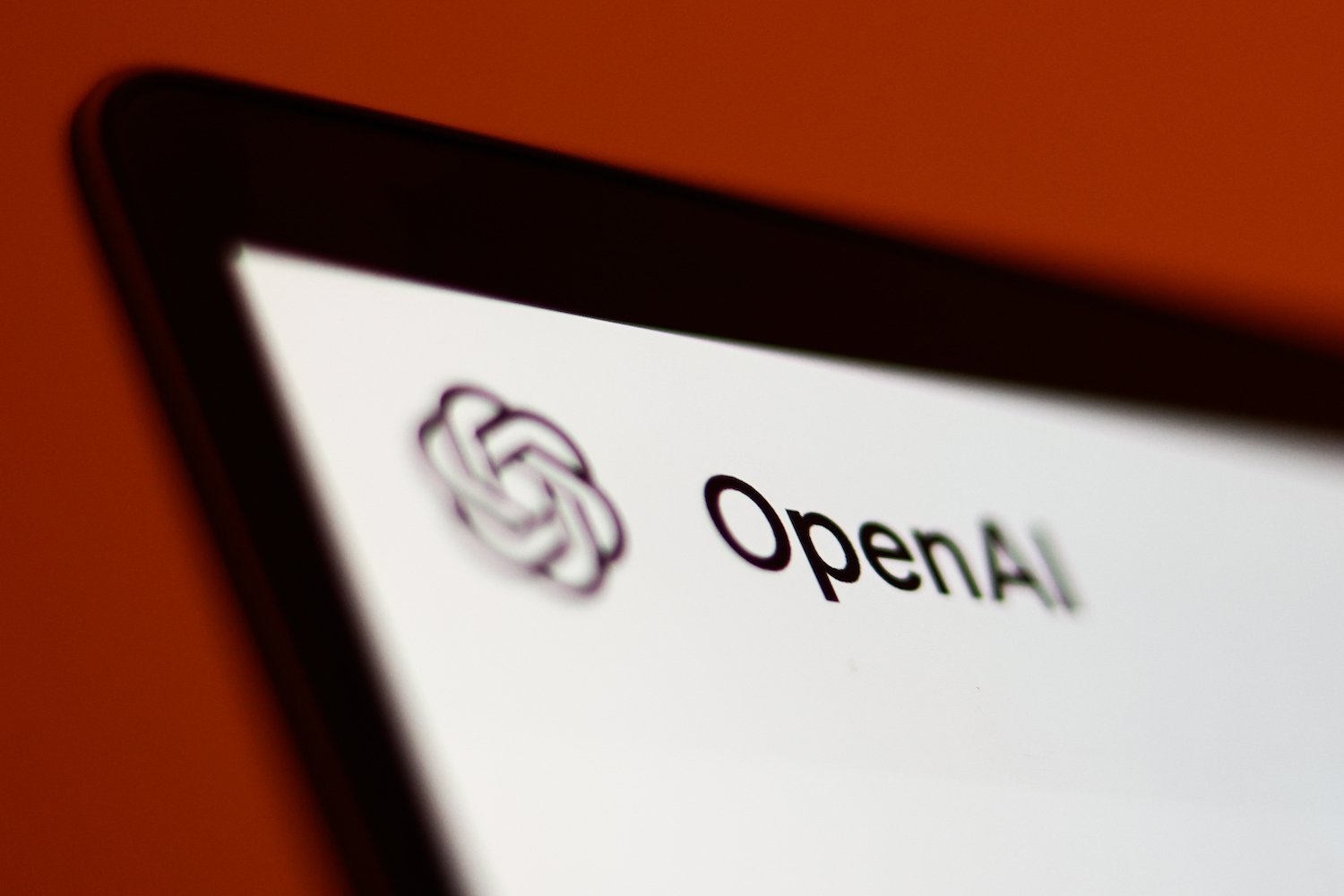Learning management systems (LMS) were expected to alleviate teacher workload and reduce burnout. However, a recent study revealed a surprising correlation between LMS usage and increased burnout rates among educators. This article explores the findings of this research, highlighting the unintended consequences of technology integration in education and suggesting ways to prioritize teacher well-being.
During the COVID-19 pandemic, schools rapidly adopted new technologies, including LMS platforms like Canvas and Schoology, to facilitate remote learning. These systems were designed to streamline coursework organization and tracking, theoretically simplifying teachers’ tasks. A survey of 779 U.S. teachers in May 2022, followed by focus groups in the fall, revealed a counterintuitive trend: teachers using LMS reported higher levels of burnout.
Increased Workload, Not Streamlining
The study, peer-reviewed and published in April 2024, found that instead of replacing traditional tasks, LMS often added to teachers’ existing workload. For instance, some teachers were required to submit both physical and digital lesson plans in different formats, effectively doubling their administrative burden. This duplication of effort, rather than streamlining processes, contributed significantly to increased stress and burnout.
 The Conversation
The Conversation
Challenges for Early Elementary Educators
Early elementary teachers faced particular challenges with LMS platforms. The systems often clashed with the developmental stage of their students. One kindergarten teacher recounted the difficulty of requiring young children to memorize six-digit student numbers to access Canvas, further exacerbating teacher stress. These added technological hurdles, coupled with existing pressures, contributed to higher burnout rates among this group.
Beyond Technology: Contributing Factors
The research also highlighted additional factors influencing teacher burnout, including administrative support, teacher autonomy, and mental health. While technology played a role, it was not the sole contributor. The interplay of these factors created a complex landscape impacting teacher well-being.
Addressing the Issue: Prioritizing Teacher Well-being
The study’s findings underscore the importance of considering teacher well-being when implementing new technologies. School leaders must ensure that technology integration genuinely streamlines tasks and reduces workload, rather than adding extra layers of complexity. Failure to do so can lead to increased burnout and, ultimately, teacher attrition. Effective integration should offset other tasks, lightening the overall burden on educators.
Implications for Future Technology Integration
This research holds relevance not only for LMS but also for emerging technologies like artificial intelligence tools. Future studies should focus on identifying successful technology integration strategies that prioritize teacher well-being and learn from their successes. This includes evaluating the actual impact on workload and providing adequate support for teachers during the transition.
Conclusion: A Call for Mindful Integration
The key takeaway from this study is the crucial need to prioritize teacher well-being during any schoolwide change, especially technology implementation. Mindful integration, with a focus on reducing workload and supporting teachers, is essential for maximizing the benefits of technology and minimizing the risk of burnout. By focusing on teacher needs, schools can create a more sustainable and supportive educational environment.
This article is republished from The Conversation under a Creative Commons license. Read the original article.










